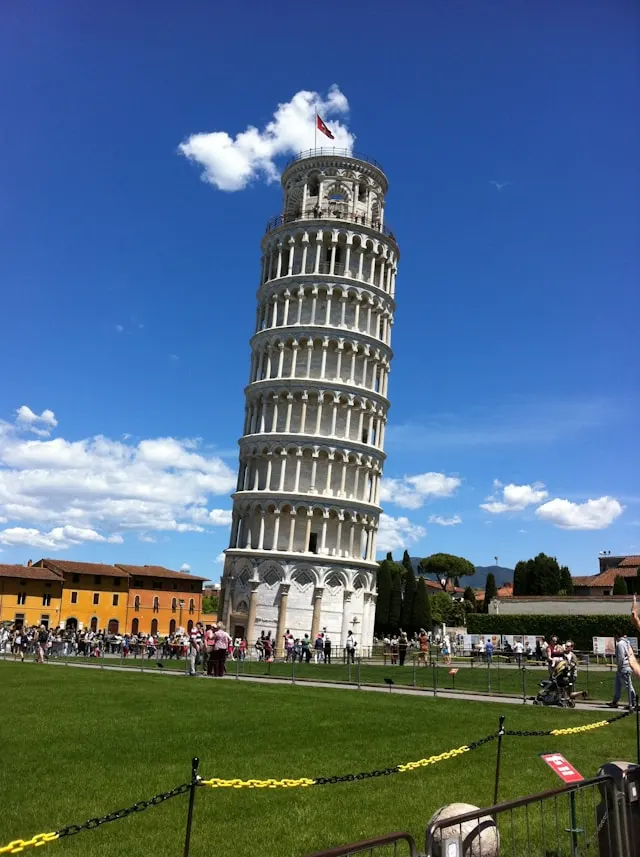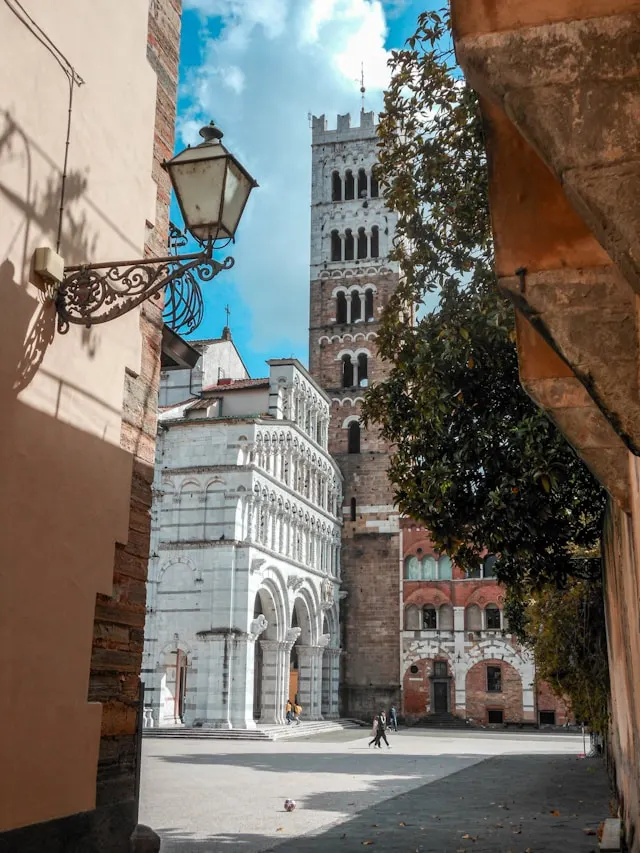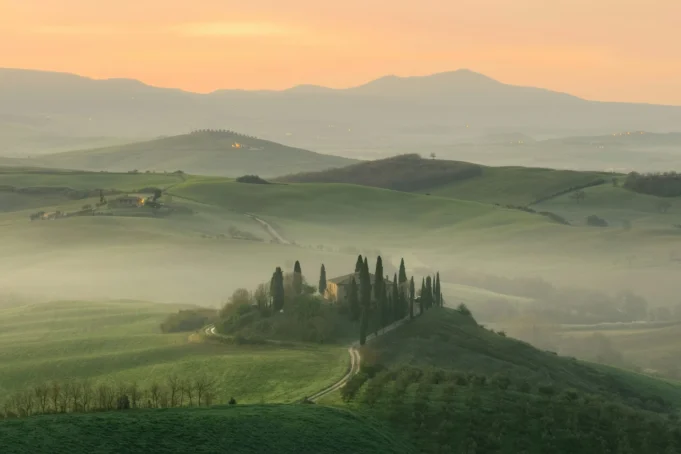The Tuscan countryside is renowned for its rich agricultural heritage, celebrated particularly for its exquisite cheese, high-quality olive oil, and a variety of other artisanal products. As you explore this picturesque region, you’ll discover lush verdant hills, sun-soaked vineyards, and sprawling olive groves, all of which contribute to the area’s culinary reputation. One of the most famous cheeses to try is Pecorino Romano, a flavorful sheep’s milk cheese that ranges from mild to sharp, depending on its aging process. Pair it with local honey or enjoy it grated over pasta dishes for a true Tuscan experience. Tuscany is also home to an exceptional variety of olive oil, often considered some of the best in the world. The region’s extra virgin olive oil, distinguished by its robust flavor and vibrant green color, is pressed from carefully cultivated olives. Many visitors are encouraged to participate in olive oil tastings at local mills and farms, allowing them to appreciate the nuances of different oils and learn about traditional pressing methods.
“As you explore this picturesque region, you’ll discover lush verdant hills, sun-soaked vineyards, and sprawling olive groves, all of which contribute to the area’s culinary reputation.”
In addition to cheese and olive oil, Tuscany is famous for its Chianti wines, produced in the Chianti region that boasts rolling hills and vineyards. A visit wouldn’t be complete without sampling these wines at local wineries, where you can enjoy tastings complemented by Tuscan dishes. As you journey through the charming towns and villages of the Tuscan countryside, don’t miss opportunities to taste other agricultural products such as cured meats like prosciutto and salami, and fresh vegetables that are often featured in traditional recipes. Many agriturismos (farm stays) offer meals made from locally sourced ingredients, allowing you to savor authentic Tuscan cuisine in a stunning rural setting. So, when you visit Tuscany, be sure to indulge in the region’s rich flavors and culinary traditions—it’s an unforgettable part of the experience that connects you to the land and its vibrant culture.

Florence undoubtedly ranks first in this region, which is why we mentioned it as well, even though it is a capital city and not a countryside. Visitors flock to the Uffizi Gallery, one of the most renowned art museums in the world, where they can gaze upon masterpieces by artists like Botticelli, Leonardo da Vinci, and Michelangelo. The Duomo, or Florence Cathedral, is another must-see, boasting a magnificent dome designed by Filippo Brunelleschi that dominates the city’s skyline and offers breathtaking views from its top.

Did you know that you can visit the Leaning Tower of Pisa without an admission fee for the surrounding area? It is one of the most iconic tourist attractions in the Tuscan city of Pisa. But what makes it so fascinating? The tower’s unmistakable tilt, which gives the impression that it might topple over at any moment, is what captures the imagination of visitors.
Despite its precarious lean, the Leaning Tower of Pisa has been standing for over 800 years. It was constructed between the 12th and 14th centuries, with its initial lean due to the soft ground on one side, a challenge that plagued builders throughout the construction process. Today, after extensive restoration and stabilization efforts, the tower has been secured and can safely be appreciated by countless tourists each year.
The tower’s design is equally mesmerizing, featuring a stunning white and gray marble façade adorned with intricate arches, columns, and decorative elements. It is not only a testament to medieval architectural ingenuity but also a remarkable example of Romanesque style.
Visitors to the site can enjoy the beautiful surroundings of the Piazza dei Miracoli, where the tower, the Cathedral, and the Baptistery collectively create a UNESCO World Heritage Site. While entry to the ground area is free, there is a fee to climb the tower’s 294 steps. Many visitors find the experience of standing atop the famed landmark and taking in panoramic views of Pisa to be an unforgettable highlight of their trip.
“Despite its precarious lean, the Leaning Tower of Pisa has been standing for over 800 years”
In summary, the Leaning Tower of Pisa is not just a quirky structure with a tilt; it is a captivating historical icon that draws people from all over the world, curious to witness its unique character and the stories it has to tell..

Beyond Florence, the picturesque town of Siena is celebrated for its medieval charm and vibrant Palio horse race, which takes place in the stunning Piazza del Campo. Here, visitors can explore narrow, winding streets lined with historic buildings and enjoy local delicacies at traditional trattorias.

Tuscany’s wines, particularly those from Lucca, benefit from a combination of warm Mediterranean sunshine and cooler breezes from the nearby mountains, creating a perfect balance for grape cultivation. The area is primarily known for its Sangiovese grape, which forms the foundation of many traditional Tuscan wines, including the esteemed Chianti. Additionally, Lucca has recently gained attention for its high-quality white wines made from Vermentino, a variety that flourishes in the coastal regions, producing crisp and aromatic wines.
Visiting vineyards in Lucca offers wine enthusiasts the chance to partake in tastings and tours, often coupled with local culinary delights. Many wineries are family-owned, where generations have honed their craft, contributing to the unique character of Lucca wines. The region’s picturesque landscapes, combined with delicious wines and hospitable locals, make Lucca a delightful destination for any wine lover exploring Tuscany.QuoteQ




















